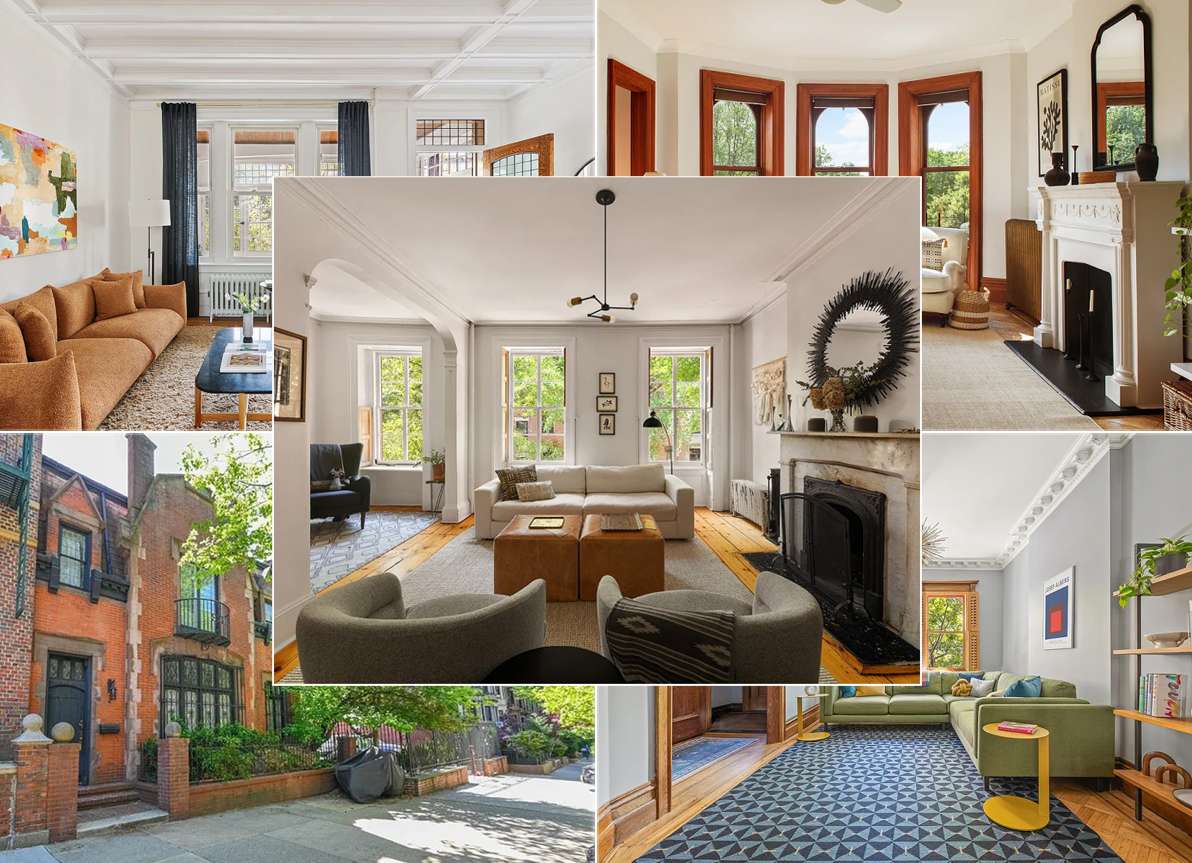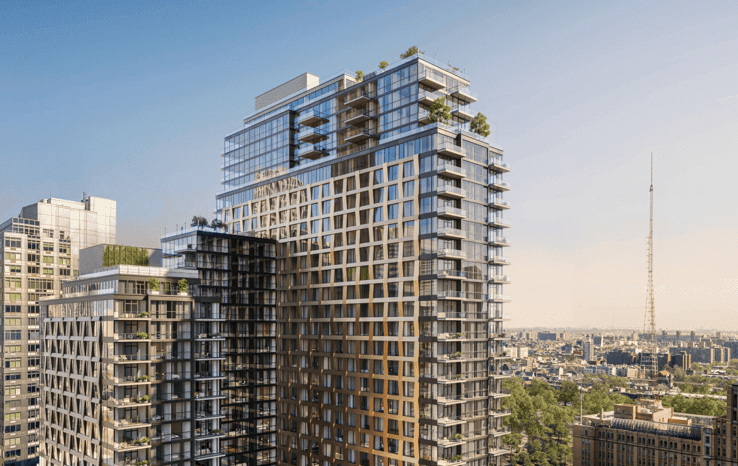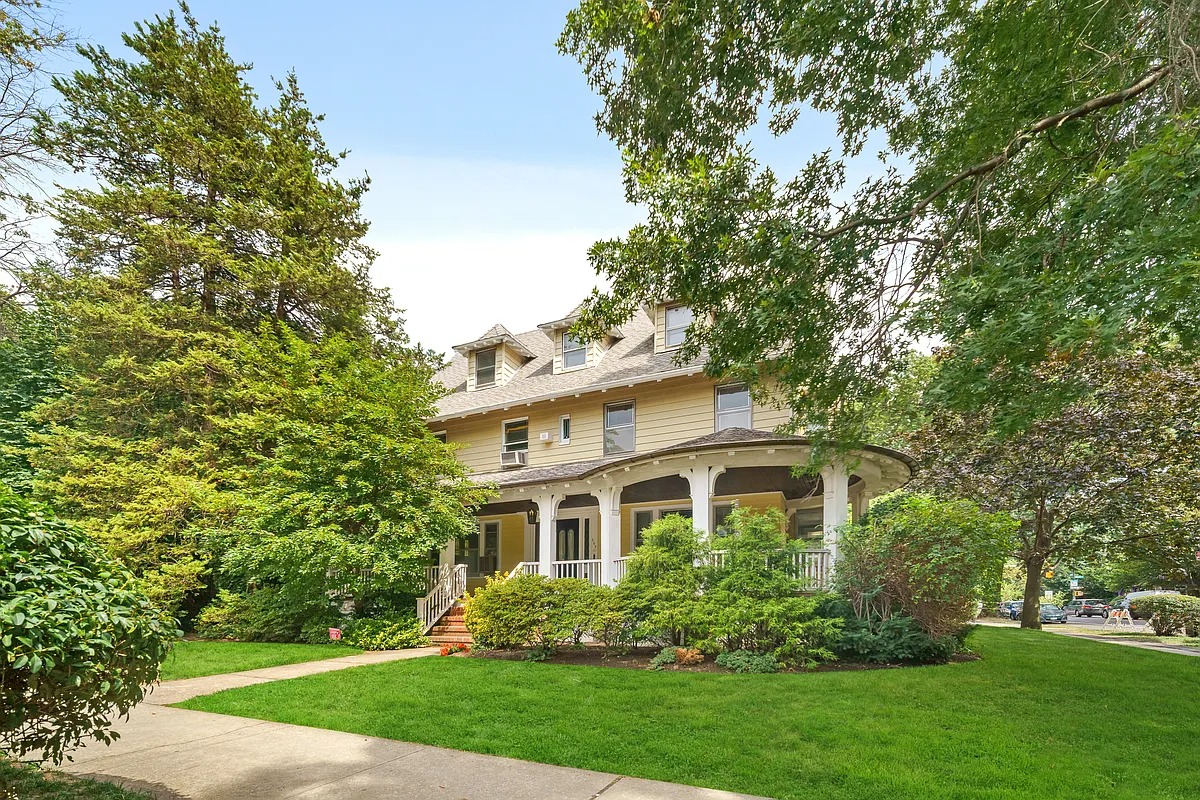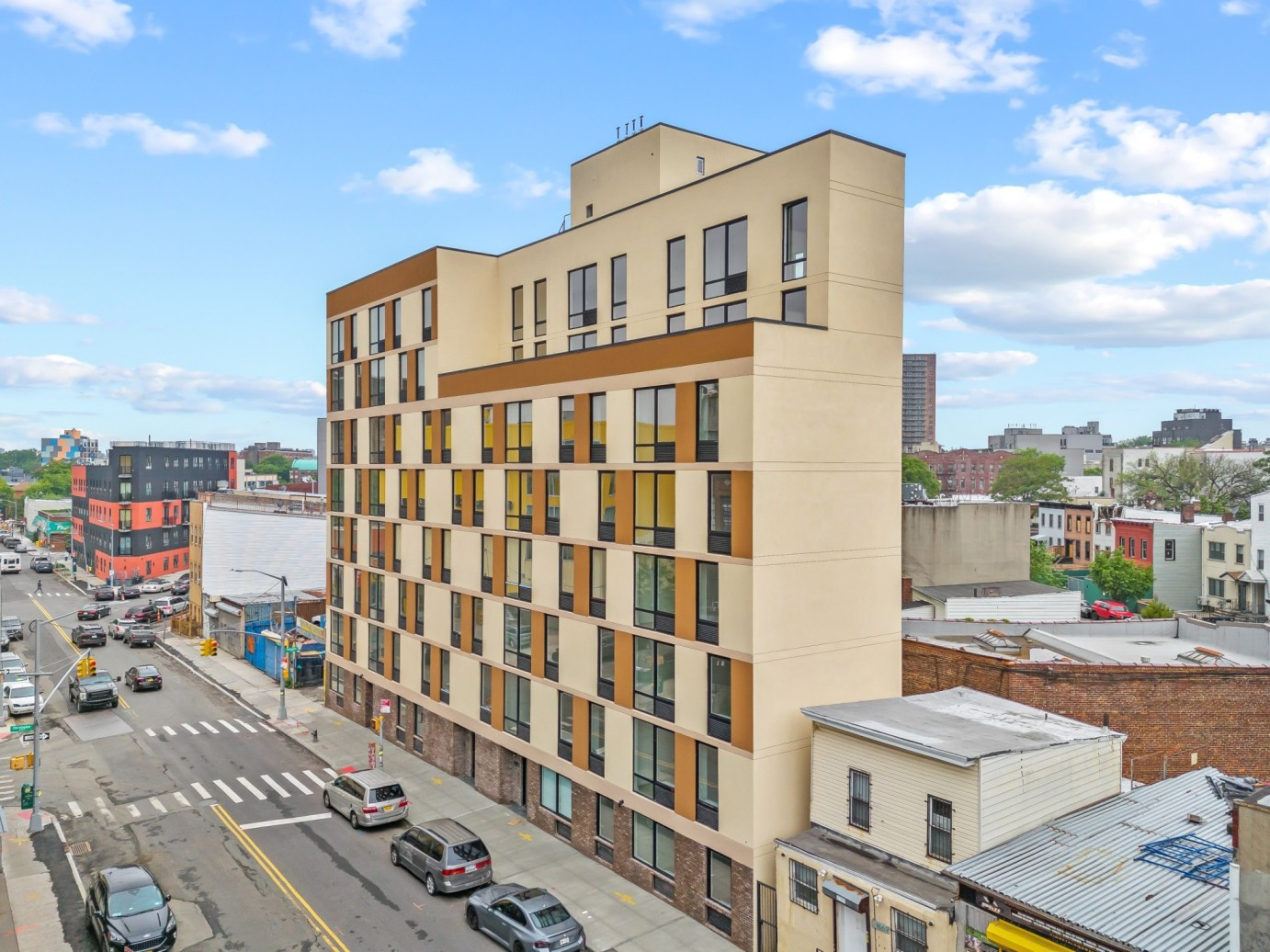Brooklyn's 2010 Census Count
The city is calling into question the 2010 Census numbers released yesterday, saying the population count, at a record high of 8,175,133, falls short of its projections. (The Observer reports the Census Bureau is standing behind its data). Meanwhile, here are some of the stats released about Brooklyn: -The Local’s chart on Brooklyn’s stats show…
The city is calling into question the 2010 Census numbers released yesterday, saying the population count, at a record high of 8,175,133, falls short of its projections. (The Observer reports the Census Bureau is standing behind its data). Meanwhile, here are some of the stats released about Brooklyn:
-The Local’s chart on Brooklyn’s stats show an increase of 39,374 people in Brooklyn between the 2000 and 2010 tallies, for a total of 2,504,700.
-According to The Times, “Manhattan and Brooklyn accounted for the only counties in the country with a million or more people where the white share of the population rose.”
-Also from The Times: “According to the census, Queens registered a net loss in occupied housing since 2000 and a 59 percent increase in vacancies. Brooklyn recorded a 66 percent rise in vacancies. In the eyes of the census, [Joseph J. Salvo, the director of the population division at the city’s Planning Department] said, ‘huge swaths of housing have essentially been depopulated.’ He added that in many cases, the neighborhoods where the census found high vacancy rates were not necessarily where new housing had been built, or where foreclosures had been rampant.”
-The screengrab above is from WNYC’s interactive map, which lets you zoom in on tracts to see the population increases and decreases that were reported.
Census: New York City’s Population Barely Rose in the Last Decade [NY Times]
Mapping Changes in the Five Boroughs [WNYC]
A Population Grows in Brooklyn [The Local]
Census Bureau Stands By Numbers [NY Observer]





Tybur has a point. And it ties into Benson’s usual comments about landmarking areas with superior public transportation. If city planners weren’t so Manhattan-centric, and blind to the possibilities of the rest of the city, they’d be doing some long term planning in development in the outer boroughs. Expanded and/or new train lines. Light rail, more express buses, more buses, period. All to less populated areas that could be sensibly, tastefully, and well planned in their expansion, with plenty of room for schools, hospitals, retail, as well as homes. Those homes could be a mixture of high rise, single or townhouses, whatever.
We’re so content to let these areas fill up with anything with a roof, built by anyone who wants to build, because it’s out of sight, out of mind, and the “elite” don’t care. Let’s put some thought and planning into these areas, making them desireable for all. That’s how to build a new New York.
Tyburg6- I totally agree (shocker, know!) 🙂
No one is going to stop trying to get anything landmarked because of population growth. The two are not connected. That is more of a zoning decision. Not to mention the fact that landmarking encompasses more than just brownstones, or brownstone neighborhoods. Come on.
Donatella,
Cost of living is just one factor that businesses look at when relocating.
While culture is nice for all of us NYers, it’s also a critical factor that top companies look at when considering relocating. I would put near the top 5 requirements.
Don’t forget about quality schools and talent pool.
I’d much rather be a big company her in NYC trying to hire talented employees compared to lower cost cities like Salt Lake City, Texas cities, Southwestern cities, etc.
Given the idea of 9+ million residents in the near future… This city will become more and more unbearable and unattractive to all but the über-wealthy… UNLESS and ONLY IF the city somehow figures out how to divest Manhattan of a portion of its primacy.
The city is HUGE and the fact that everything is directed toward lower Manhattan and Midtown is absurd. The transportation infrastructure needs to be diversified to make other parts of the city equally accessible. By now a city this size should have at least 3, if not more, MAJOR commercial centers where folks commute to and orient their lives around. Everyone funneling in and out of Manhattan everyday is lunacy.
Why are folks commuting 4+ hours a day to live (scrape by) in the “Greatest City on Earth”?!
Montrose, I agree that minority neighborhoods and immigrant neighborhoods have always been undercounted. Therefore assuming the undercount is always more or less the same, the census does portray a realsitic picture of whether the metro area is shrinking or growing. In other words, if it is true that they missed 150,000 people in 2010, doesn’t it stand to reason they missed about the same amount in 2000?
I was impressed by the growth in the immigrant community actually.
Even if they left some people out, they got most people in.
New York is one of the very few, perhaps the only, northern US big city that didn’t shrink. As I posted earlier that is due to both legal and illegal immigration.
Wait, Prospect Park lost more than 50% of its residents? Are you sure he didn’t just go cash in some empties?
Minard;
Let me ask you: do you fear growth in the city, and the pressure it might bring to the landmarking movement?
Have my posts about the need for sensible growth been getting to you?
Yes, it’s nightmare come true, Minard: one million more people coming to this city. Some of them might like new housing. Some of them might like “PassivHaus” technology.
Mwahahahahahaha!!!!!!!!
I was referring to this.
http://projects.nytimes.com/census/2010/map?ref=us